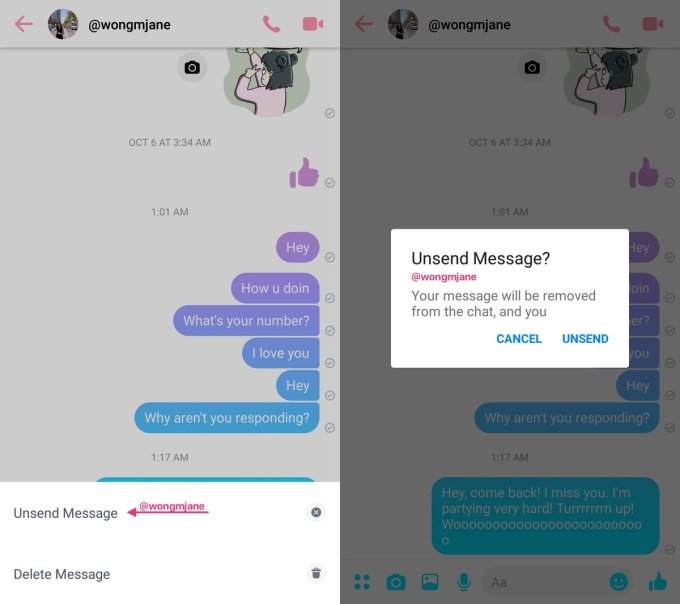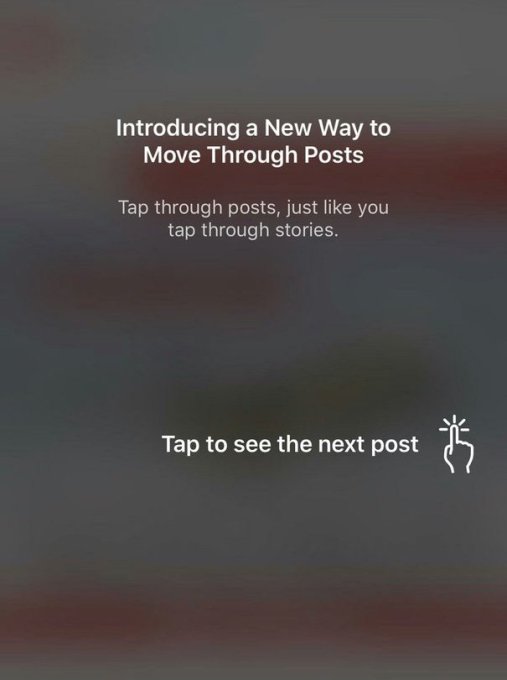On October 18 — just one week away — some of the most brilliant and innovative minds in reality creation will gather at UCLA’s Royce Hall in Los Angeles to attend TC Sessions AR/VR 2018. Whether you’re an early start-up founder, an investor, a developer or a student, if you’re focused on AR/VR, you don’t want to miss this day-long intensive that goes deep into the current and future state of augmented and virtual realities.
Need a bit more convincing? Here are four reasons why you should buy a ticket and attend TC Sessions AR/VR 2018.
1. Deep-dive discussions
We have an outstanding roster of speakers ready to take the stage and go deep on both the opportunities and the challenges facing the AR/VR industry now and in the future. Here are just some of the people and topics we have on tap.
Niko Bonatsos, managing director at General Catalyst, Jacob Mullins, a partner at Shasta Ventures and Catherine Ulrich, managing director at FirstMark Capital will offer a reality check on the state of AR/VR funding — and discuss where the opportunities lie.
Survios co-founders Nathan Burba and James Illiff will talk VR gaming. The big question is whether VR gaming will continue to be a big opportunity and whether the studio can keep the momentum rolling.
Stephanie Zhan, a partner at Sequoia Capital, discusses how to build an inclusive — if virtual — future. As we spend more time in online virtual worlds, can the game developers who build them address the social issues we encounter?
2. Presentations: The challenging future of AR/VR
From expensive hardware to breaking out beyond gaming, AR/VR technology faces hurdles to widespread adoption. Heavy-hitters at Oculus, Facebook, and Snap (to name a few) weigh in on this important subject. Here’s a taste.
Finding users isn’t the only hurdle when it comes to augmented reality. Creating developer platforms ranks right up there on the AR challenge-o-meter. Eitan Pilipski, a VP at Snap, will talk about leveraging the company’s extensive AR selfie-filter expertise to attract more developers.
Yelena Rachitzky is an executive producer of experiences at Oculus, a company that’s invested hundreds of millions of dollars into VR content. She’ll discuss how the company plans to help Facebook kickstart its VR future. Will Facebook’s customers buy in?
Speaking of Facebook’s future, Ficus Kirkpatrick leads the company’s camera team, and he’ll talk about the company’s entry into AR — by augmenting customers’ smartphone cameras. But where will Facebook’s AR journey lead?
3. Networking
You won’t find a better opportunity to connect with the leaders, innovators, investors and makers within the AR/VR community. Whether you’re looking for collaborators, an investment opportunity, your next job or your next round of funding, you’ll find the people who can make it happen at TC Sessions AR/VR 2018 — all in one day, all in one place.
4. Build community
Community building goes beyond simple networking. It’s like-minded people sharing their ideas, philosophies and dreams. It’s about learning from each other and then returning to the work with renewed inspiration. Come and enrich the community.
TC Sessions AR/VR 2018 takes place on October 18 at UCLA’s Royce Hall in Los Angeles. Tickets cost $149, but you can save 35 percent simply by tweeting your attendance. Go buy a ticket and join your people for one incredible, inspiring day. We can’t wait to see you next week!
( function() {
var func = function() {
var iframe = document.getElementById(‘wpcom-iframe-19c52b42f086f1a587c2e218ec3d8ccf’)
if ( iframe ) {
iframe.onload = function() {
iframe.contentWindow.postMessage( {
‘msg_type’: ‘poll_size’,
‘frame_id’: ‘wpcom-iframe-19c52b42f086f1a587c2e218ec3d8ccf’
}, “https://tcprotectedembed.com” );
}
}
// Autosize iframe
var funcSizeResponse = function( e ) {
var origin = document.createElement( ‘a’ );
origin.href = e.origin;
// Verify message origin
if ( ‘tcprotectedembed.com’ !== origin.host )
return;
// Verify message is in a format we expect
if ( ‘object’ !== typeof e.data || undefined === e.data.msg_type )
return;
switch ( e.data.msg_type ) {
case ‘poll_size:response’:
var iframe = document.getElementById( e.data._request.frame_id );
if ( iframe && ” === iframe.width )
iframe.width = ‘100%’;
if ( iframe && ” === iframe.height )
iframe.height = parseInt( e.data.height );
return;
default:
return;
}
}
if ( ‘function’ === typeof window.addEventListener ) {
window.addEventListener( ‘message’, funcSizeResponse, false );
} else if ( ‘function’ === typeof window.attachEvent ) {
window.attachEvent( ‘onmessage’, funcSizeResponse );
}
}
if (document.readyState === ‘complete’) { func.apply(); /* compat for infinite scroll */ }
else if ( document.addEventListener ) { document.addEventListener( ‘DOMContentLoaded’, func, false ); }
else if ( document.attachEvent ) { document.attachEvent( ‘onreadystatechange’, func ); }
} )();
( function() {
var func = function() {
var iframe = document.getElementById(‘wpcom-iframe-086161cffbd41e83b423a1cd9cb327e2’)
if ( iframe ) {
iframe.onload = function() {
iframe.contentWindow.postMessage( {
‘msg_type’: ‘poll_size’,
‘frame_id’: ‘wpcom-iframe-086161cffbd41e83b423a1cd9cb327e2’
}, “https://tcprotectedembed.com” );
}
}
// Autosize iframe
var funcSizeResponse = function( e ) {
var origin = document.createElement( ‘a’ );
origin.href = e.origin;
// Verify message origin
if ( ‘tcprotectedembed.com’ !== origin.host )
return;
// Verify message is in a format we expect
if ( ‘object’ !== typeof e.data || undefined === e.data.msg_type )
return;
switch ( e.data.msg_type ) {
case ‘poll_size:response’:
var iframe = document.getElementById( e.data._request.frame_id );
if ( iframe && ” === iframe.width )
iframe.width = ‘100%’;
if ( iframe && ” === iframe.height )
iframe.height = parseInt( e.data.height );
return;
default:
return;
}
}
if ( ‘function’ === typeof window.addEventListener ) {
window.addEventListener( ‘message’, funcSizeResponse, false );
} else if ( ‘function’ === typeof window.attachEvent ) {
window.attachEvent( ‘onmessage’, funcSizeResponse );
}
}
if (document.readyState === ‘complete’) { func.apply(); /* compat for infinite scroll */ }
else if ( document.addEventListener ) { document.addEventListener( ‘DOMContentLoaded’, func, false ); }
else if ( document.attachEvent ) { document.attachEvent( ‘onreadystatechange’, func ); }
} )();

Source: Tech Crunch









 (@pasql)
(@pasql)